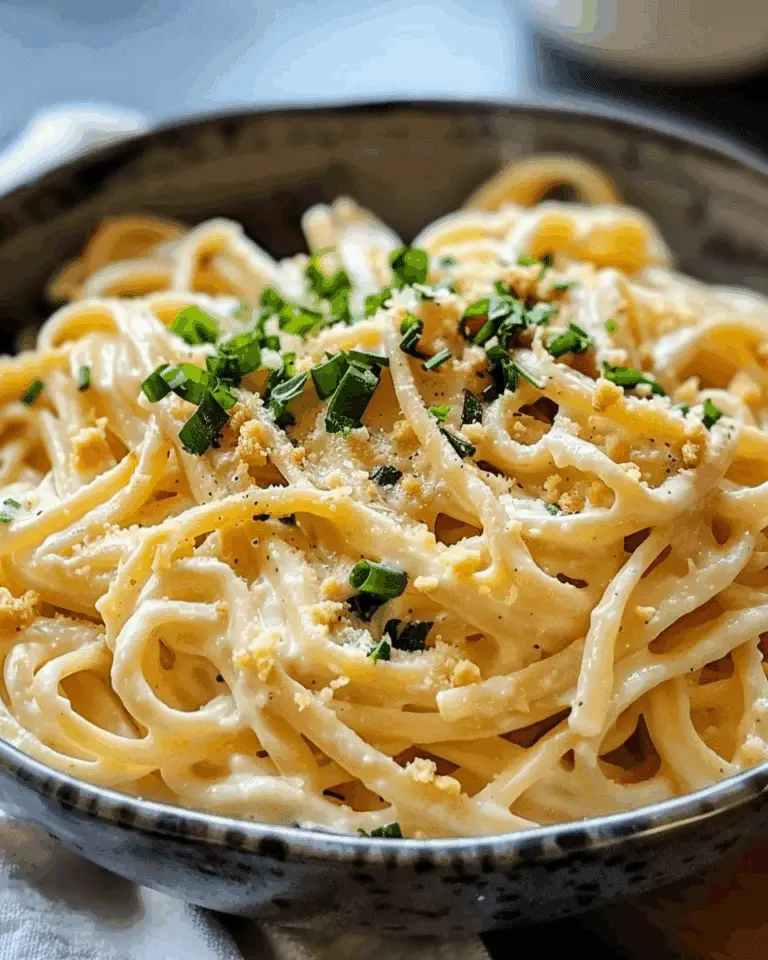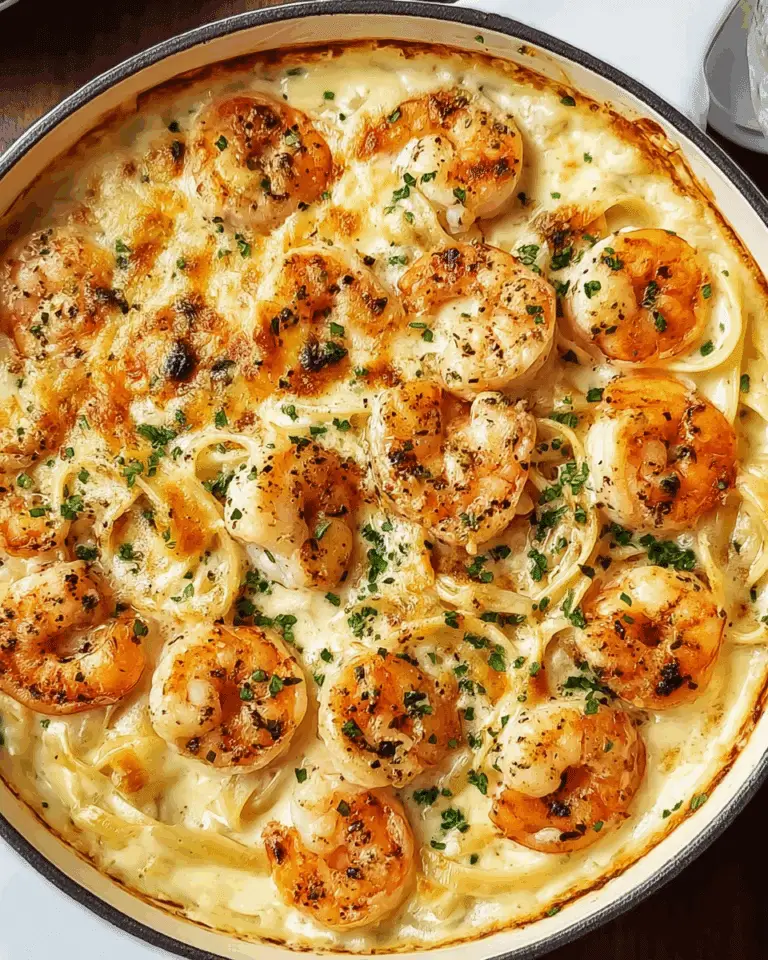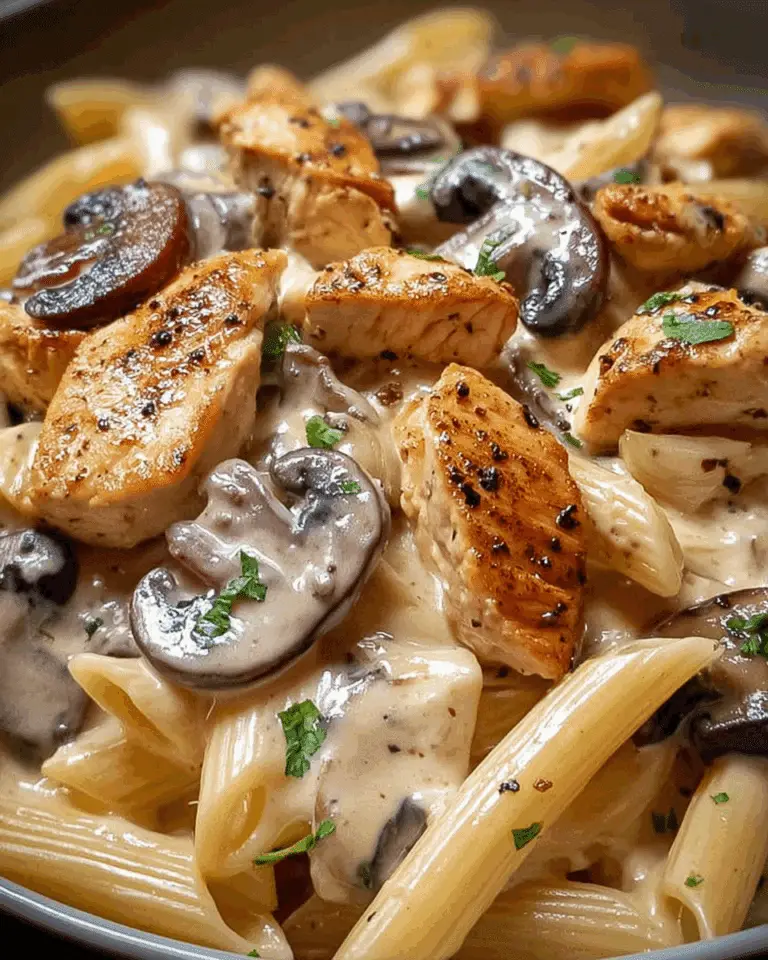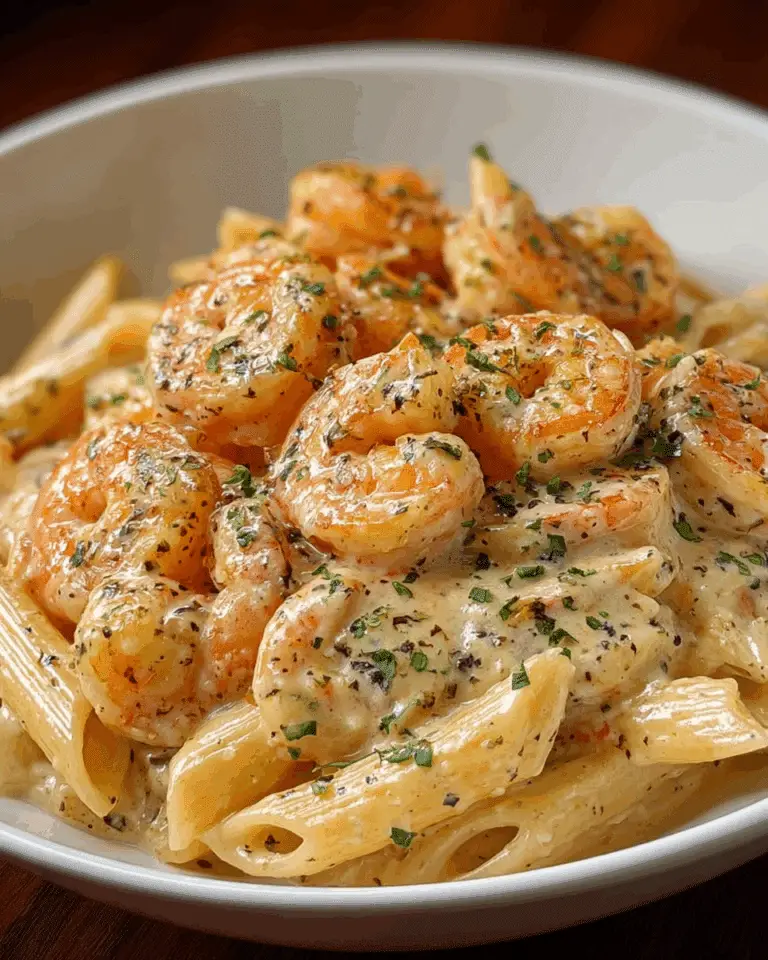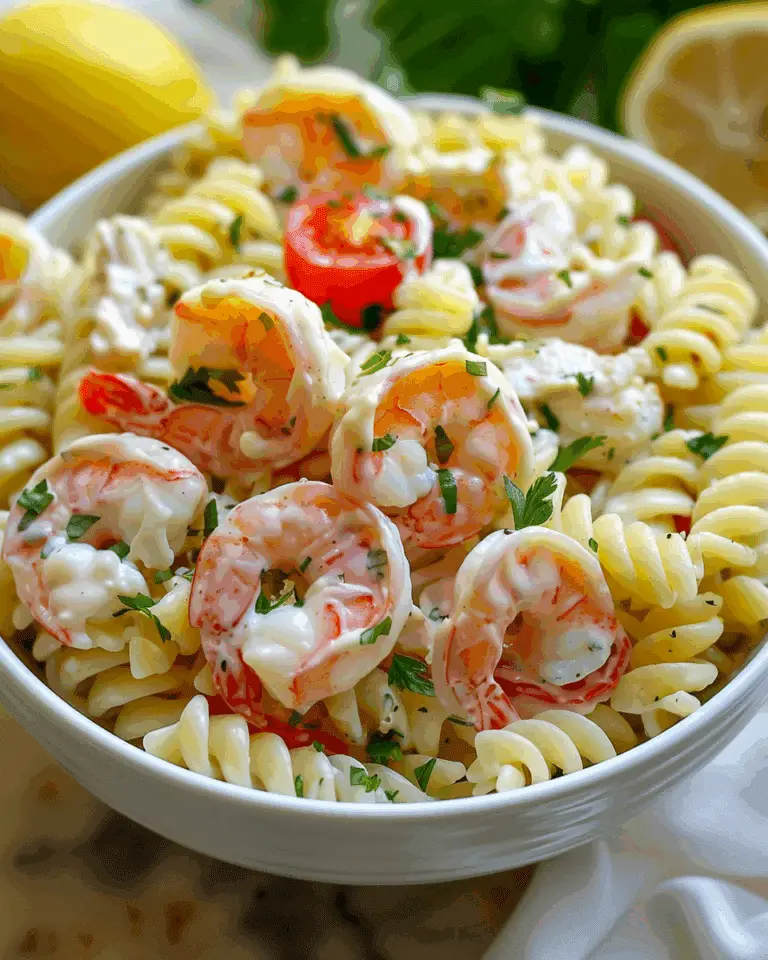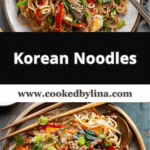Korean noodles, or guksu, are a diverse and flavorful part of Korean cuisine. From stir-fried dishes like japchae to warming soups like kalguksu and cold, spicy bowls like bibim guksu, there’s a noodle dish for every craving and season. I love how these dishes layer spicy, sweet, salty, and tangy flavors, often topped with vibrant veggies, proteins, and sesame accents. Whether I’m making a quick weeknight meal or something more celebratory, Korean noodles never disappoint.
Why You’ll Love This Recipe
I love Korean noodles because they’re bursting with bold flavor and easy to customize. They can be served hot or cold, mild or spicy, and with or without meat. The sauces are punchy, the noodles have a satisfying bite, and the vegetables add freshness and crunch. It’s a fast, delicious way to experience Korean flavors at home.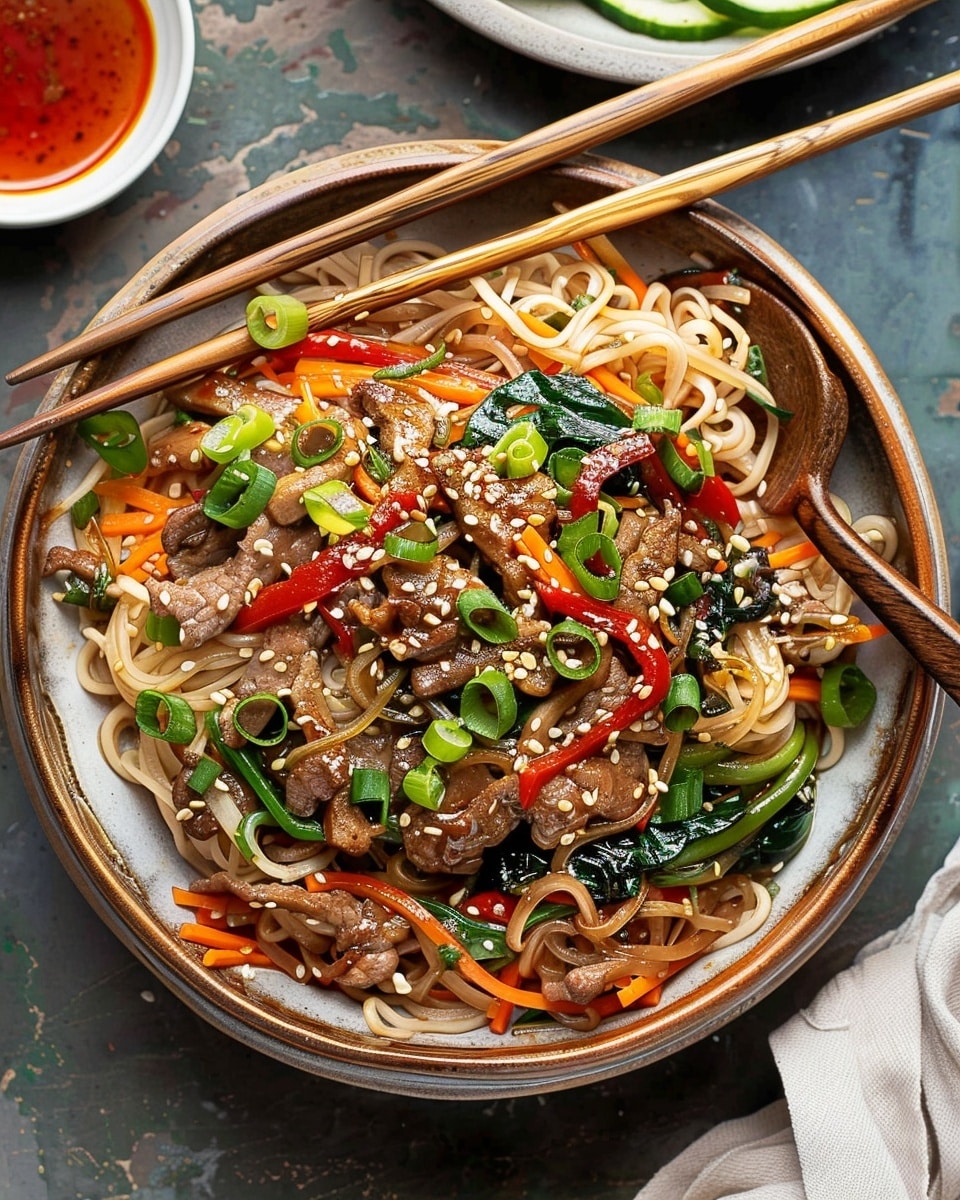
Ingredients
(Here’s a tip: Check out the full list of ingredients and measurements in the recipe card below.)
Base ingredients (for a basic Korean noodle bowl):
- Korean wheat noodles (somyeon or kal-guksu), sweet potato noodles (dangmyeon), or rice noodles
- Sesame oil
- Soy sauce
- Gochujang (Korean red chili paste)
- Rice vinegar
- Garlic (minced)
- Sugar or honey
- Toasted sesame seeds
- Scallions (sliced)
Optional toppings/mix-ins:
- Julienned cucumber
- Shredded carrots
- Kimchi
- Boiled egg
- Lettuce or cabbage
- Pan-fried tofu or bulgogi (Korean beef)
- Seaweed strips (gim)
Directions
- I cook the noodles according to the package instructions, rinse with cold water (especially if serving cold), and drain well.
- I whisk together the sauce ingredients: gochujang, soy sauce, sesame oil, garlic, vinegar, sugar, and a splash of water to loosen.
- I toss the noodles with the sauce until evenly coated.
- I top the noodles with whatever garnishes I’m in the mood for—fresh veggies, protein, or a boiled egg.
- I sprinkle sesame seeds and scallions on top just before serving.
Servings and timing
This recipe serves 2 to 3 as a main dish. It takes about 10 minutes to prep and 10–15 minutes to cook, so I usually have it ready in around 25 minutes.
Variations
Sometimes I make bibim guksu, a cold and spicy noodle dish with lots of gochujang and crunchy veggies. When I want something warm and soothing, I make kalguksu, with knife-cut noodles in a clear anchovy or chicken broth. For something chewy and rich, I go for japchae with sweet potato noodles and a soy-sesame glaze. I also mix in bulgogi or grilled tofu when I want more protein.
Storage/reheating
Korean noodle dishes are best fresh, but I store leftovers in an airtight container in the fridge for up to 2 days. If the noodles stick together, I loosen them with a little water or sesame oil before reheating, or enjoy them cold, especially in the case of bibim guksu.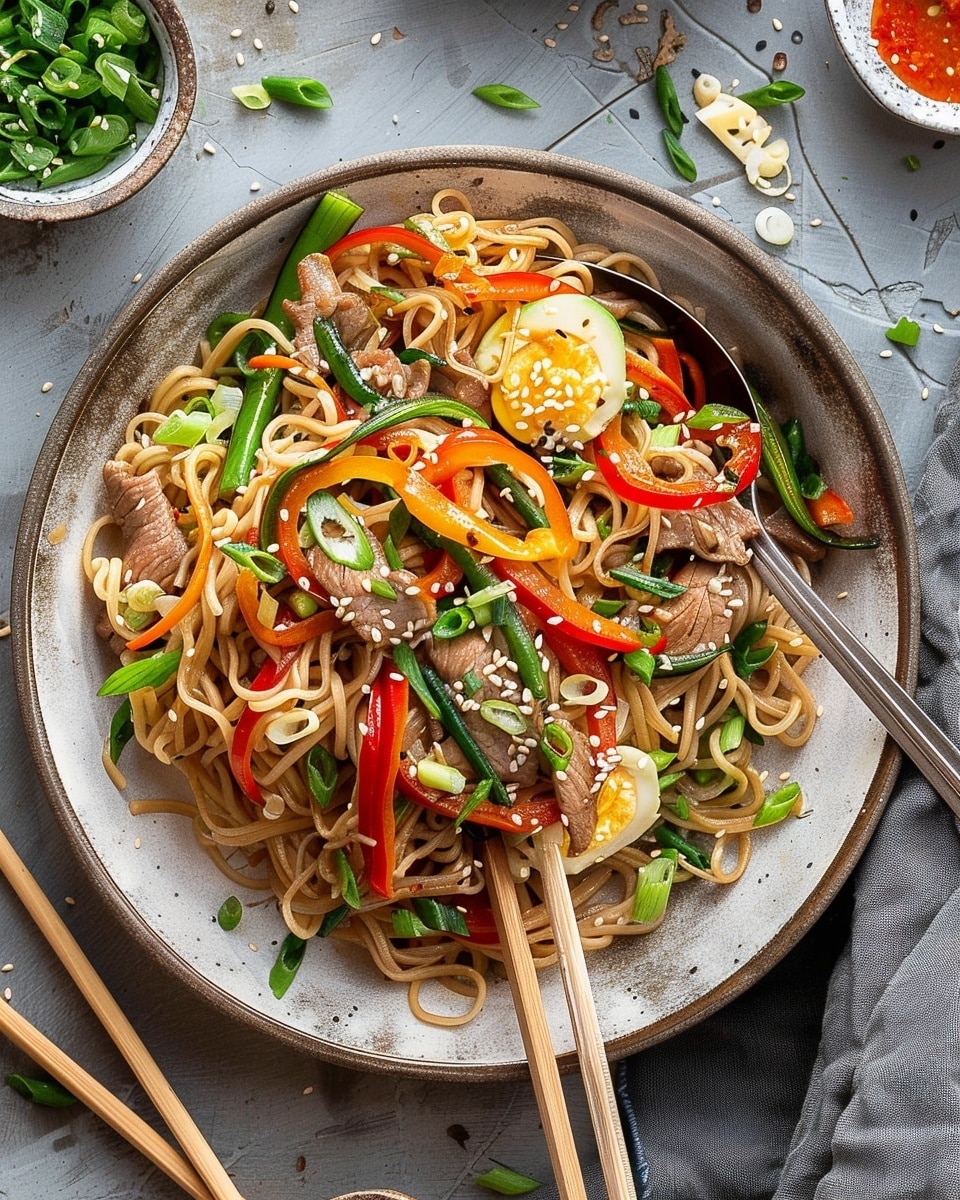
FAQs
What’s the best noodle type for Korean dishes?
It depends on the dish. I use sweet potato noodles for japchae, wheat noodles for soup dishes like kalguksu, and thin wheat or somyeon noodles for cold spicy dishes.
Is gochujang very spicy?
It’s moderately spicy and has a sweet, fermented depth. I adjust the amount based on my spice tolerance.
Can I make this gluten-free?
Yes, I use rice noodles or gluten-free glass noodles and tamari instead of soy sauce.
What protein works best?
Thinly sliced beef (bulgogi), chicken, tofu, or even a soft-boiled egg work really well with Korean noodles.
Can I make it vegetarian or vegan?
Absolutely. I skip the meat and use tofu, mushrooms, and plenty of vegetables. Gochujang is usually vegan, but I always check the label.
Conclusion
Korean noodles are one of my favorite ways to enjoy bold, complex flavors in a quick and comforting dish. Whether I’m in the mood for something spicy and cold or warm and savory, there’s always a noodle recipe that fits. I love how flexible and fun they are to prepare—and how every bite delivers a satisfying mix of texture and taste.
Print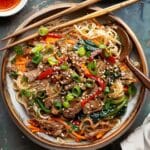
Korean Noodles
- Prep Time: 10 minutes
- Cook Time: 15 minutes
- Total Time: 25 minutes
- Yield: 2 to 3 servings
- Category: Main Dish
- Method: Stovetop
- Cuisine: Korean
- Diet: Vegan
Description
Korean noodles, or guksu, are a versatile and flavorful part of Korean cuisine featuring chewy noodles, bold sauces, and fresh toppings. Whether served hot or cold, these dishes are customizable and quick to prepare.
Ingredients
- 200g Korean wheat noodles (somyeon or kal-guksu), sweet potato noodles (dangmyeon), or rice noodles
- 1 tbsp sesame oil
- 2 tbsp soy sauce
- 1 tbsp gochujang (Korean red chili paste)
- 1 tbsp rice vinegar
- 2 cloves garlic, minced
- 1 tsp sugar or honey
- 1 tsp toasted sesame seeds
- 2 scallions, sliced
- Optional: Julienned cucumber
- Optional: Shredded carrots
- Optional: Kimchi
- Optional: Boiled egg
- Optional: Lettuce or cabbage
- Optional: Pan-fried tofu or bulgogi
- Optional: Seaweed strips (gim)
Instructions
- Cook the noodles according to package instructions. Rinse with cold water if serving cold, and drain well.
- Whisk together the sauce ingredients: gochujang, soy sauce, sesame oil, garlic, rice vinegar, sugar, and a splash of water.
- Toss the cooked noodles with the sauce until evenly coated.
- Add desired toppings such as vegetables, proteins, or a boiled egg.
- Sprinkle sesame seeds and scallions on top before serving.
Notes
- Korean noodles can be enjoyed hot or cold, depending on the dish.
- Adjust gochujang to taste for spice preference.
- Leftovers can be stored in the fridge for up to 2 days.
- Use rice noodles and tamari for a gluten-free version.
- Check gochujang labels for vegan options.
Nutrition
- Serving Size: 1 bowl
- Calories: 320
- Sugar: 6g
- Sodium: 820mg
- Fat: 9g
- Saturated Fat: 1.5g
- Unsaturated Fat: 7g
- Trans Fat: 0g
- Carbohydrates: 50g
- Fiber: 3g
- Protein: 8g
- Cholesterol: 0mg

